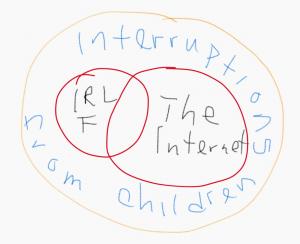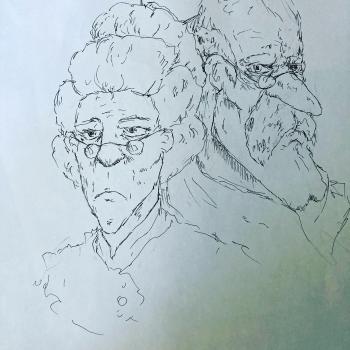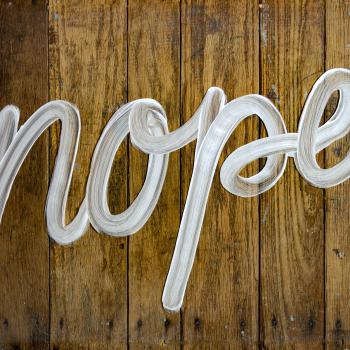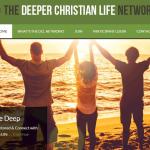This alarming study was making its way around the inter-tubes of the web yesterday. I saw it in a variety of places. In short, there’s an epidemic of loneliness. People are lonelier than ever before. And it’s getting worse. Almost half of respondents reported being lonely, and younger people are lonelier than their aging and decrepit counterparts.
Members of Generation Z, born between the mid-1990s and the early 2000s, had an overall loneliness score of 48.3. Millennials, just a little bit older, scored 45.3. By comparison, baby boomers scored 42.4. The Greatest Generation, people ages 72 and above, had a score of 38.6 on the loneliness scale.
Then comes the money line.
Respondents who said they have more in-person social interactions on a daily basis reported being less lonely.
That’s funny, and strange, and incomprehensible. What do you mean? More “in-person” social interactions? What are those even? How do they produce decreased feelings of loneliness? Probably by some black magic. What a curious and unheard of idea.
Here’s the problem though. In-person social interactions are hard to navigate in an increasingly fractured and polarized world. Meeting people is hard. Digging under the surface a very little bit is even harder. And then trusting that a person will stick around longer than a few minutes is by no means, any more, a reasonable expectation. The rules of social interaction have been chipped away and reassembled to include a hybrid online interaction, one that very often sustains and mediates, but unhappily sometimes hinders, face to face interaction. Witness my alarm when I meet people in real life but then can’t get ahold of them through Facebook or Twitter.
I think I lived in Binghamton about six years, maybe slightly less, before I discovered a flesh and blood kindred soul. After that others came along. Now I have a whole network of friends. But honestly, those people are not available to me moment by moment. So I have a growing, and I would have to say increasingly rich network of friends online. And there is some overlap. Here is my ven diagram.
The problem is that social media unobtrusively tilts all social interactions towards the self, the user, the scroller. This tilt is the wrong way. The more you collapse in on yourself, the lonelier you are going to be. The tilt can be remedied by face to face interaction, but more and more I think the social media self-ward tilt actually colors and occasionally ruins the face to face ones. It takes incredible wisdom and maturity to navigate online relationships successfully.
More and more, the collapse into the darkness of unmitigated self love is made without a whimper, helped along by Mr. Zuckerberg who has no shame–first wanting to replace religion and the church, now wanting to get in on the dating scene. But he can’t succeed in his own project because he has undermined it from the outset by delivering up the human soul to itself. By orienting everything around the user, he cushions the psyche on a bed of self consideration.
A curious microscopic tribalism ensues. Everything revolves around me. I gather people to myself around the things that interest and concern me. I try to keep these people evermore in my orbit. But they spin off and disagree with my obviously very important and time tested knowledge of myself and the world. When my tiny orbiting ideological world crashes into someone else’s, rage is sparked and my soul catches fire. It feels purifying, but it’s End is ever increasing loneliness.
Ah, well. Can’t have everything. Now, where is my phone?













